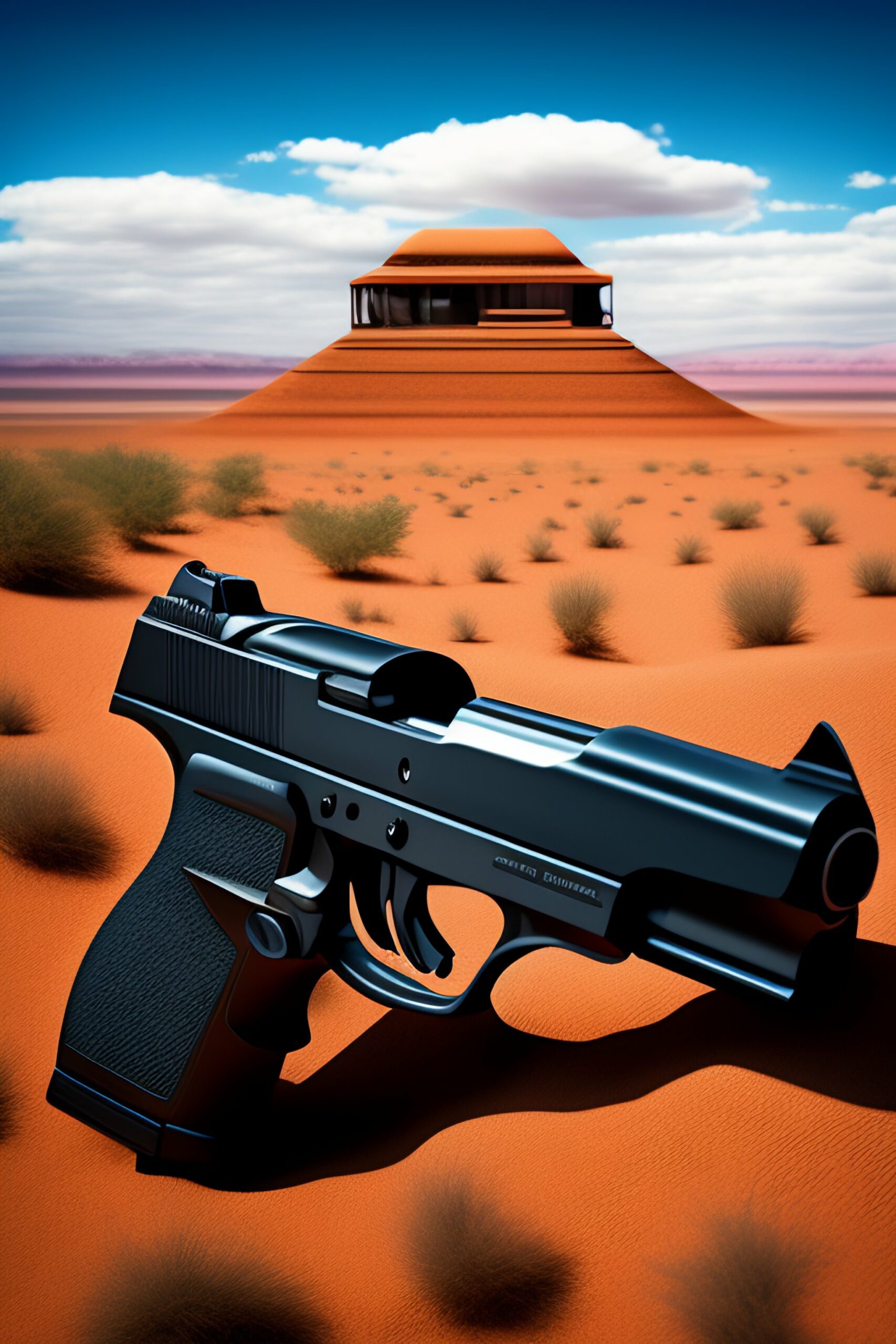Firearms in America are more than just metallic tubes that propel projectiles. They are woven into the nation’s very fabric, a complex tapestry shaped by revolution, self-reliance, hunting traditions, and evolving social anxieties. Understanding the history and culture of guns in America necessitates delving beyond the headlines of gun violence and mass shootings. It requires examining the multifaceted relationship Americans have had with firearms for centuries.
From Muskets to Modern Marvels: A Historical Timeline
The story of guns in America begins with the arrival of European colonists. Muskets, then the pinnacle of firearms technology, were essential for survival in the untamed wilderness. They provided protection against hostile natives and predators, ensured a steady food supply through hunting, and played a pivotal role in securing independence from British rule during the American Revolution.

The 19th century saw the rise of the westward expansion, where the rifle became a symbol of self-reliance and exploration. Frontiersmen depended on their firearms for sustenance, protection against the elements, and defense against potential threats. Guns were not just tools; they were a marker of independence and a testament to the American spirit of conquering the frontier.
The 20th century ushered in a new era of firearms technology. Semi-automatic rifles and pistols became increasingly common, particularly following World War I and World War II, where such weapons played a significant role in American victories. The concept of gun ownership as a right enshrined in the Second Amendment gained further traction during this period.
However, the latter half of the 20th century also witnessed a rise in gun violence. Mass shootings, once unthinkable, began to occur with disturbing regularity. Public anxiety surrounding gun ownership grew, leading to ongoing debates about gun control measures and responsible gun ownership practices.
A Culture of Guns: Tradition, Identity, and Second Amendment Rights
The cultural significance of firearms in America is undeniable. Hunting remains a popular pastime for millions, a tradition passed down through generations. Gun ownership is often seen as a way of connecting with the nation’s pioneering spirit and a symbol of self-sufficiency.

The Second Amendment to the United States Constitution, guaranteeing the right to bear arms, is a cornerstone of the gun culture. Proponents of gun rights view firearm ownership as a critical safeguard against government tyranny, a right essential for a free and democratic society.
However, the interpretation of the Second Amendment remains a contentious issue. Gun control advocates argue for stricter regulations to curb gun violence, while those opposed to such measures emphasize the importance of responsible gun ownership and individual rights.
The Societal Impact: Safety Concerns, Gun Violence, and Responsible Ownership
Gun violence undeniably casts a dark shadow on American society. Mass shootings and gun-related homicides have become a national epidemic, sparking outrage and demanding solutions. The easy accessibility of firearms, particularly for individuals with violent intentions or mental health issues, is a major concern.

The debate surrounding gun control measures is complex and emotionally charged. Proposals for stricter background checks, bans on assault weapons and high-capacity magazines, and red flag laws aimed at temporarily removing firearms from individuals deemed a threat are fiercely contested.
Finding common ground is crucial. Efforts to promote responsible gun ownership, gun safety education, and mental health initiatives can play a significant role in reducing gun violence. Open and honest conversations regarding responsible gun ownership and effective gun control measures are essential for moving forward.
The Road Ahead: Navigating a Divided Landscape
The conversation surrounding firearms in America is far from over. The deep-seated cultural and historical factors shaping the nation’s relationship with guns must be acknowledged. Finding solutions requires a multi-faceted approach that addresses gun violence, respects the rights of responsible gun owners, and prioritizes public safety.
Technological advancements in firearms pose new challenges. The proliferation of 3D-printed guns and “ghost guns” (unserialized firearms) requires innovative solutions to address these emerging threats.
Ultimately, a nuanced approach that considers the historical, cultural, and social aspects of gun ownership, coupled with responsible ownership practices and strong safety measures, is vital for ensuring a safer future for all Americans. The path forward is unlikely to be easy, but open dialogue and a commitment to finding common ground offer a glimmer of hope for navigating this complex and often divisive landscape.




